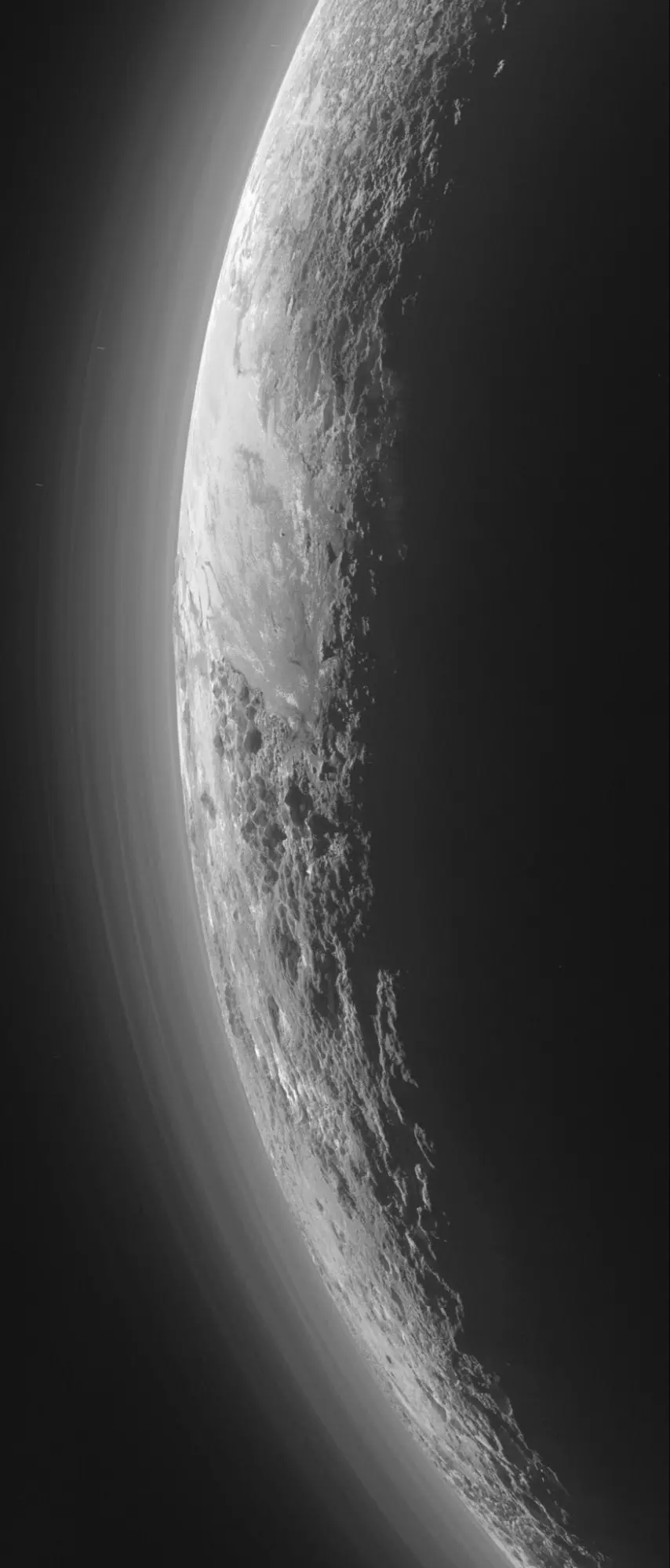this post was submitted on 21 Nov 2024
100 points (99.0% liked)
Space
8758 readers
157 users here now
Share & discuss informative content on: Astrophysics, Cosmology, Space Exploration, Planetary Science and Astrobiology.
Rules
- Be respectful and inclusive.
- No harassment, hate speech, or trolling.
- Engage in constructive discussions.
- Share relevant content.
- Follow guidelines and moderators' instructions.
- Use appropriate language and tone.
- Report violations.
- Foster a continuous learning environment.
Picture of the Day
 The Busy Center of the Lagoon Nebula
The Busy Center of the Lagoon Nebula
Related Communities
🔭 Science
- !astronomy@mander.xyz
- !curiosityrover@lemmy.world
- !earthscience@mander.xyz
- !esa@feddit.nl
- !nasa@lemmy.world
- !perseverancerover@lemmy.world
- !physics@mander.xyz
- !space@beehaw.org
- !space@lemmy.world
🚀 Engineering
🌌 Art and Photography
Other Cool Links
founded 1 year ago
MODERATORS
you are viewing a single comment's thread
view the rest of the comments
view the rest of the comments


Short answer? Because it does. It doesn't take much to be visible compared to space.
Oh wow that's really cool! I didn't know.
It's about one millionth of the pressure of earth's atmosphere at sea level.
I don’t think any planet^1^ has surprised us more than Pluto.
^1^ I know. If anyone gets pedantic, they’re reclassified as a dwarf clown.
Pluto's atmosphere has been studied since the 1980s, using spectroscopy and stellar occultation (watching starlight flicker as Pluto passed in front of it). It wasn't a surprise when New Horizons observed it.
I wasn’t thinking about the atmosphere. I meant in general, Pluto surprised more than other first fly-bys. Uranus is obviously extra weird in a lot of ways but who was expecting Pluto to be as interesting?